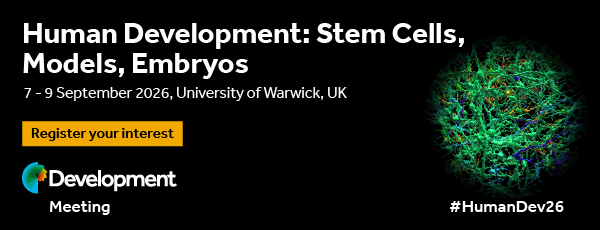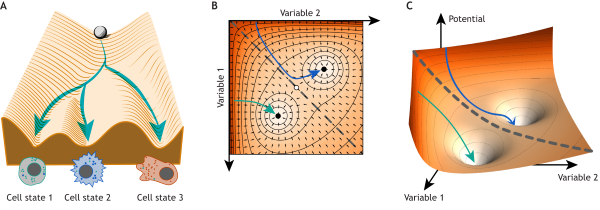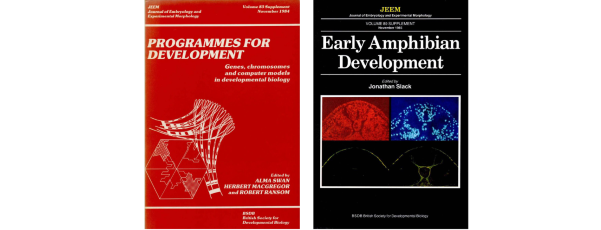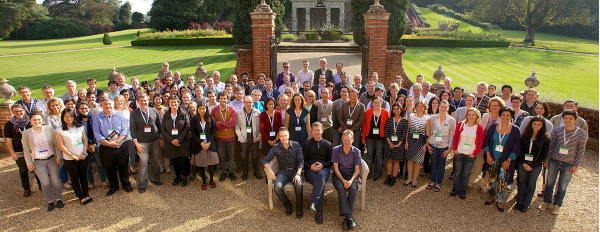ABSTRACT
Homeobox cluster genes (Hox genes) are highly conserved and can be usefully employed to study phyletic relation ships and the process of evolution itself. A phylogenetic survey of Hox genes shows an increase in gene number in some more recently evolved forms, particularly in verte brates. The gene increase has occurred through a two-step process involving first, gene expansion to form a cluster, and second, cluster duplication to form multiple clusters. We also describe data that suggests that non-Hox genes may be preferrentially associated with the Hox clusters and raise the possibility that this association may have an adaptive biological function. Hox gene loss may also play a role in evolution. Hox gene loss is well substantiated in the vertebrates, and we identify additional possible instances of gene loss in the echinoderms and urochordates based on PCR surveys. We point out the possible adaptive role of gene loss in evolution, and urge the extension of gene mapping studies to relevant species as a means of its sub stantiation.
First, we calculated the percentage of total mapped loci that fall on each chromosome. For example, the percentages for chromosomes 2, 6, 11, and 15 are 7.4%, 4.6%, 6.3% and 3.8%, respectively. For a gene family, a hit on a particular chromosome is defined as at least one member of the family mapping to that chromosome. For each gene family, there can be a total of 1 to 4 hits, depending on the number of chromosomes containing hits. There are four single hit possibilities (one for each chromosome), six possible two hit combinations, four possible three-hit combinations, and one four-hit combination. The probability of each of these outcomes can be calculated directly from the percentages give above. We note that this probability needs to be corrected for the fact that the family must have contained at least one hit to be ascertained; hence, each multi-hit outcome proba bility is divided by the probability of at least one hit. This correction is similar, in spirit, to that used in segregation analysis for human recessive diseases, where families are ascer tained through at least one affected child (Elandt-Johnson, 1971).
From these probabilities, we then calculate the expected number of single, double, triple, and quadruple hits, and compare these with the observed numbers. From the prob ability distribution for number of hits, we calculate the exact probability of obtaining the actual observed number of hits or greater using simulation; it is these P values that we report. A significant excess of hits over expected indicates clustering of gene families.









